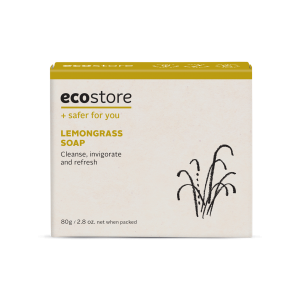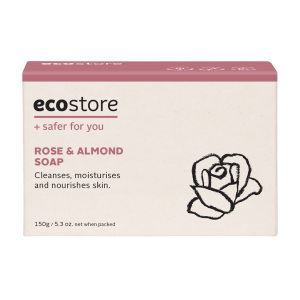
While the media portrays mass divides, the past two years has illuminated the pockets of community who are willing to come together against all odds. As the price of necessities continues to rise - with little change in wages - a community garden is a perfect way to counter some of the issues that many people are facing. Community gardens provide not just food, but a sense of belonging, the acquisition of new skills and a pride for where one lives.
In Tāmaki Makaurau Auckland, where I live, there are at least 70 community gardens, which sounds like a lot already, but places like Portland, Oregon in the US have more than three times that number of gardens per capita. A quick online search will direct you to your nearest site, many have plots of land available for use in exchange for a donation of time, or as little as $30 a year. If you don’t have a green finger, you’ve got nothing to worry about - many organisers of community gardens share a passion for teaching and have knowledge-sharing at the heart of their projects.
If your Google search comes up dry, there’s a perfect opportunity to start your own. It’s not a project with a fast turnaround, so it can be good to begin the process by gauging interest and finding other enthusiasts to share the load. Keep an eye out for unused spots in your neighbourhood, or create a shared space that overlaps boundaries with your neighbours. If you find a spot you like, get in touch with your local council and let them know your plans - most of them are helpful and want to see projects like this take flight.
Your local governing body can also tell you what’s needed if it’s private land, who to seek out and what to agree on legally. The final steps are a bit more hands on, and may require help by someone who knows what they’re doing, such as testing the soil, checking access to a water supply and eventually planting! Some choose to fence off their garden, but others find this can draw attention to unwanted visitors and increase the likelihood of vandalism. The best solution is to get as much of your community involved as possible, so there’s an increased sense of pride and ownership by everyone.
Whether you’ve started your own garden, or have coveted your own plot, what to plant is an important consideration. While you may anticipate being there every day to tend to your newly fledged garden, life can easily get in the way. For this reason, it’s important to choose relatively low maintenance plants such as tomatoes, cabbage, kale, carrots and capsicum - depending on your season. If the garden is very close to your house, and you’ve had success in the past, you can branch out into things that need a little more care, such as beans.
There’s no better time than now to learn a new skill, connect with your community and the natural world around you – by being part of a community garden.
-----
Chanelle is a vegan, amateur athlete, social advocate, environmental enthusiast and blogger at mynameischanelle.com.




